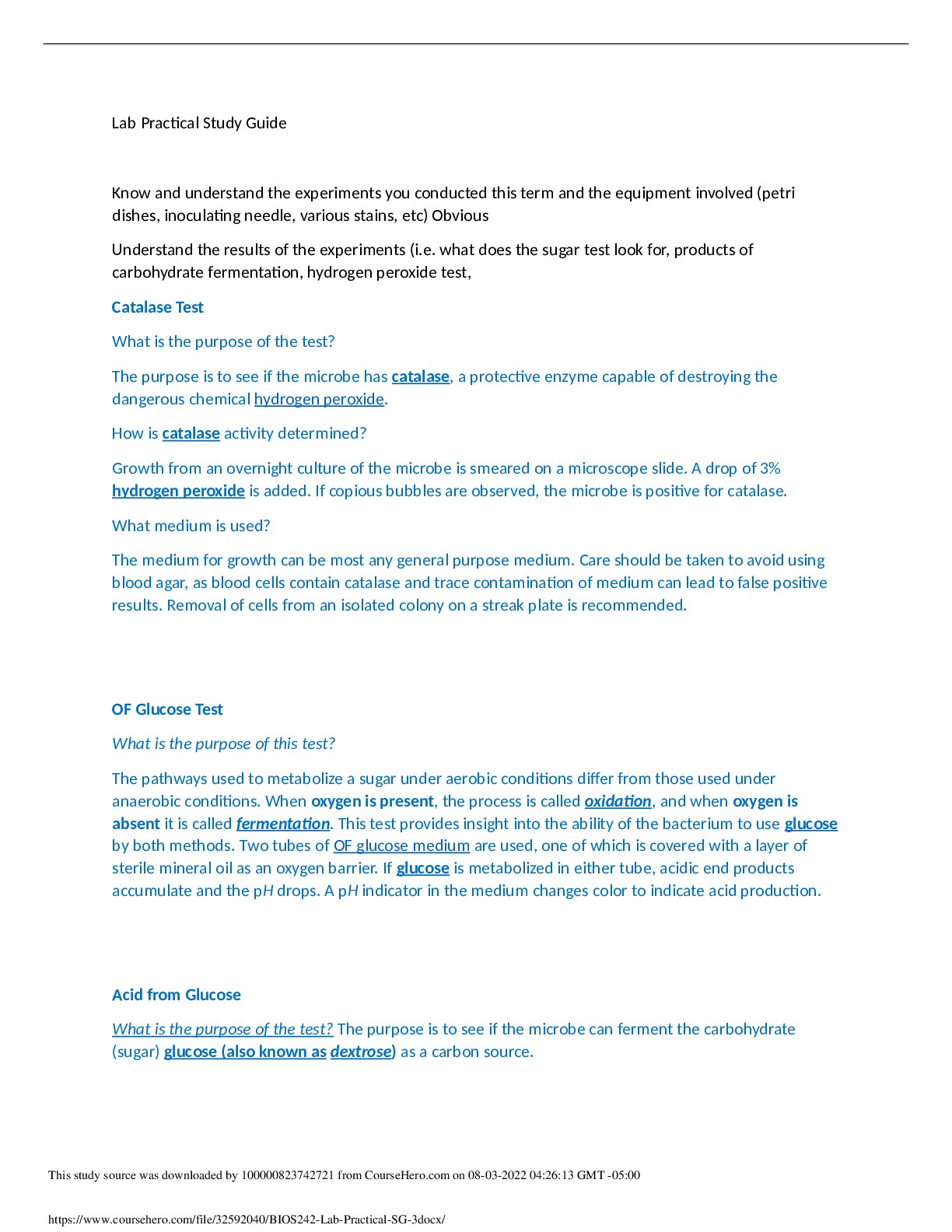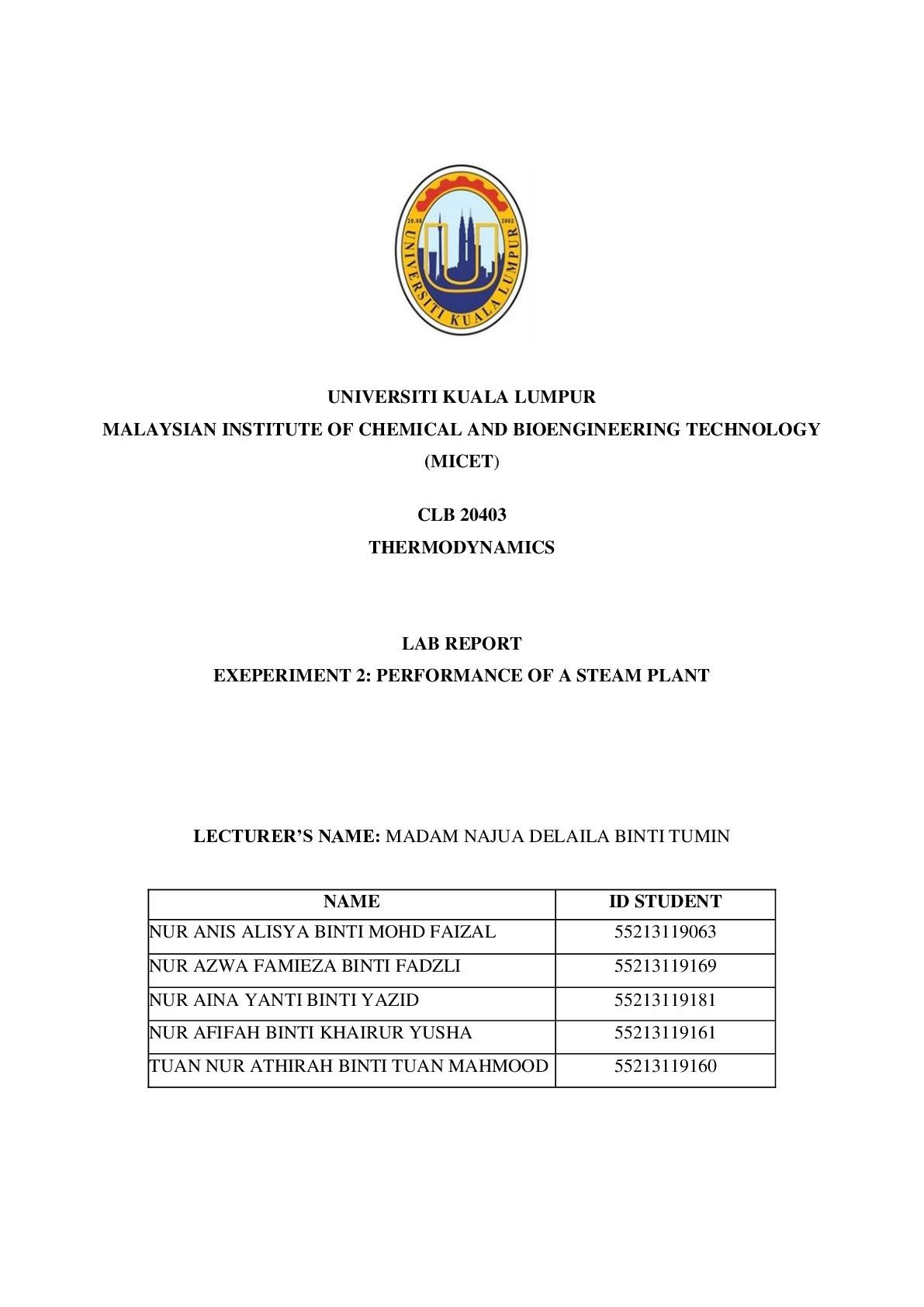Civil Engineering > Lab Report > CE 341A Lab Report 2: Atterberg Limits full report (All)
CE 341A Lab Report 2: Atterberg Limits full report
Document Content and Description Below
Introduction: In this lab, we experiment on the Atterberg Limits. When a cohesive soil is mixed with an excessive amount of water, it liquefies and behaves like a viscous fluid. However, when this s... oil is dried, the loss of moisture will change it into a harder composite. This transition is known as the liquid limit(LL), where the soil begins in a liquid state and changes into a plastic state. As the moisture content gradually lessens, the soil changes from a plastic state to a semisolid state. This is known as the plastic limit(PL). Similarly, as the soil transitions from a semisolid state to a solid state, this is known as the shrinkage limit(SL). All three limits are known as the Atterberg Limits. First, we begin by testing the cohesive soil’s liquid limits. To do this we utilize the Casagrande liquid limit device and grooving tool. First, the mass of the can is weighed( M1 ¿ . Then, soil is placed on the cup of the device, and using the grooving tool, the soil pat is separated along the centerline. By rotating the arm of the device (about 2 rotations per second), the cup with rise and drop, equaling one blow, and the groove along the centerline will begin to close. When the groove closes to about 30 mm, the number of blows (N) is recorded. Partial of the soil is taken and the moist soil( M2 ¿ plus mass of can( M1 ¿ is weighed. Three different tests are taken; each have a more moisture content than the last. Then the soil is dried fro 24 hours and its mass( M3 ¿ with mass of can ( M1 ¿ is recorded. Using the information received, the moisture content in percent (w%), the liquid limit(LL), and flow index(Fi) are determined. The moisture content can be found by using the equation: w( )= M2−M3 M3−M1 x100 The liquid limit can be found using log-scaled graph, where the moisture content at 25 blows is located. The flow index can be found using the equation: FI= w1 −w2 logN2−logN1 To conduct the plastic limit test, we take a moist soil sample and roll it into a ball using the palm of the hand. Then placing it on a glass plate, roll it for about 80 strokes per minute (one roll backward and one roll forward constitutes one full strokes). When the diameter of the sample is about 3 mm, take the mass of soil [Show More]
Last updated: 1 year ago
Preview 1 out of 7 pages
Instant download

Buy this document to get the full access instantly
Instant Download Access after purchase
Add to cartInstant download
Reviews( 0 )
Document information
Connected school, study & course
About the document
Uploaded On
Jul 31, 2021
Number of pages
7
Written in
Additional information
This document has been written for:
Uploaded
Jul 31, 2021
Downloads
0
Views
57









.png)





